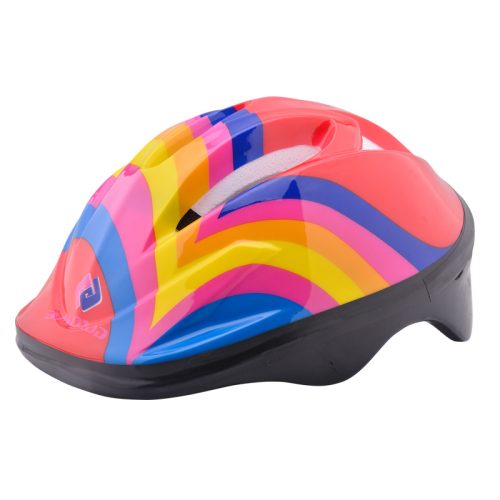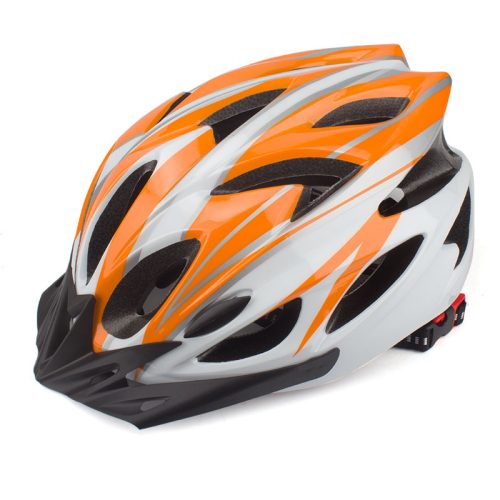1. Safety Standards: Look for a helmet that complies with safety standards in your region. In the United States, children’s helmets should meet the Consumer Product Safety Commission (CPSC) certification. In Europe, helmets should adhere to the EN1078 standard.
2. Size and Age: Choose a helmet that is the appropriate size for your child’s head. Measure their head’s circumference just above the eyebrows. Helmets typically come in various sizes to fit different age ranges. Ensure you select the right size according to the manufacturer’s sizing chart.
3. Proper Fit: Follow these steps to ensure a proper fit:
- The helmet should sit level on your child’s head and cover the top of their forehead.
- Adjust the straps and retention system to make it snug but not too tight. The straps should form a “V” shape under their ears.
- The chin strap should be fastened securely but not uncomfortably tight.
- The helmet should not wobble or tilt backward or forward when your child shakes their head.
4. Comfort and Padding: Look for a helmet with ample padding on the inside. Proper padding enhances comfort and helps ensure a secure fit. Choose a helmet with moisture-wicking padding to keep your child cool and dry during rides.
5. Weight: Lighter helmets are generally more comfortable for children, especially during longer rides. However, prioritize safety over weight.
6. Style and Design: Kids often prefer helmets with fun designs and colors. Let your child choose a helmet they like, as they’ll be more inclined to wear it.
7. Adjustable Fit Systems: Some kids’ helmets come with adjustable fit systems, such as dials or rear stabilizers. These allow you to fine-tune the fit for added comfort and security.
8. MIPS Technology: If you’re looking for advanced safety features, consider a helmet with MIPS (Multi-directional Impact Protection System) technology, which can reduce rotational forces during an impact.
9. Helmet Care: Teach your child to take care of their helmet. Instruct them not to throw it around or damage it. Clean the helmet according to the manufacturer’s instructions.
10. Replace After a Crash: If your child is involved in a bike accident, replace their helmet immediately, even if it doesn’t appear damaged. Helmets are designed to absorb a single impact.
11. Encourage Consistent Use: Make sure your child understands the importance of wearing their helmet every time they ride their bike. Set a good example by wearing your helmet as well.
12. Check Regularly: Periodically check the fit of your child’s helmet as they grow. Kids’ heads grow quickly, so you may need to replace their helmet as they outgrow it.
13. Set Rules and Educate: Educate your child on bike safety rules, and make it a household rule that they must wear their helmet whenever they ride, whether in the yard or on the road.
Choosing the right kids’ bike helmet and ensuring a proper fit is a crucial part of teaching your child safe cycling habits. A well-fitted helmet is a simple but effective way to protect your child’s head and reduce the risk of head injuries while they enjoy cycling.


